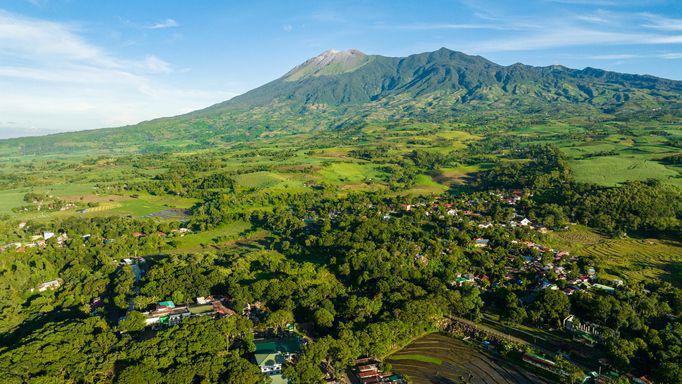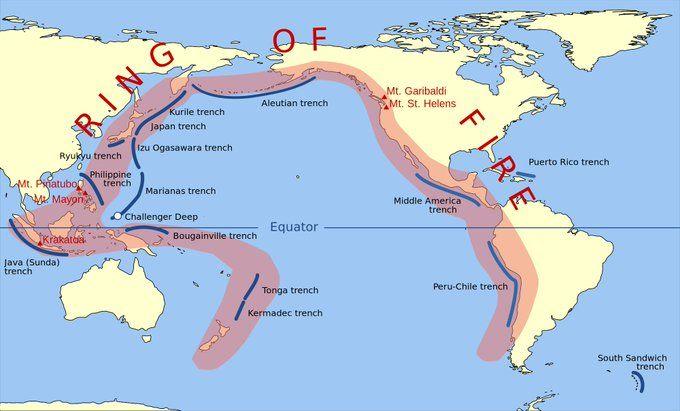Mount Kanlaon in Philippines erupts with huge ash cloud
Watch: Mount Kanlaon in Philippines erupts with huge ash cloud
- Published
Huge plumes of ash have been sent 2.5 miles into the sky after a volcano erupted in the central Philippines.
Mount Kanlaon is one of 24 active volcanoes in the south-east Asian nation.
It previously erupted in December last year, when people living in a number of surrounding villages were moved to safety.
The Philippines are located on the Pacific "Ring of Fire" where volcanic activity and earthquakes are common.
More like this
- Published16 April 2021
- Published1 April
- Published7 January
What's the latest?

Mount Kanlaon is the highest mountain on the island of Negros in the Philippines
According to the Philippine Institute of Volcanology and Seismology, the "explosive eruption" began on Tuesday morning at the summit vent of Kanlaon Volcano.
In a statement, it said the volcano "is producing a voluminous bent plume approximately 4,000 meters tall that is drifting southwest."
The majority of local residents living in the area around the volcano on the island of Negros had already been moved to safety when it previously erupted at the end of last year.
Authorities say that right now they are "monitoring which villages will be affected by the ashfall."
They also recommended "the cancellation of classes and work" in the surrounding region and have asked the public to avoid the area.
What is the 'Ring of Fire'?

The United Nations Office for Disaster Risk Reduction produced this map of the 'Ring of Fire' stretching around the Pacific Ocean.
The Ring of Fire refers to a string of volcanoes, earthquake sites and tectonic plates around the Pacific.
It spreads across around 25,000 miles from the southern tip of South America all the way to New Zealand.
Roughly 90% of all earthquakes occur along the area and the ring is dotted with 75% of all active volcanoes on Earth - that's 452 individual active volcanoes.
